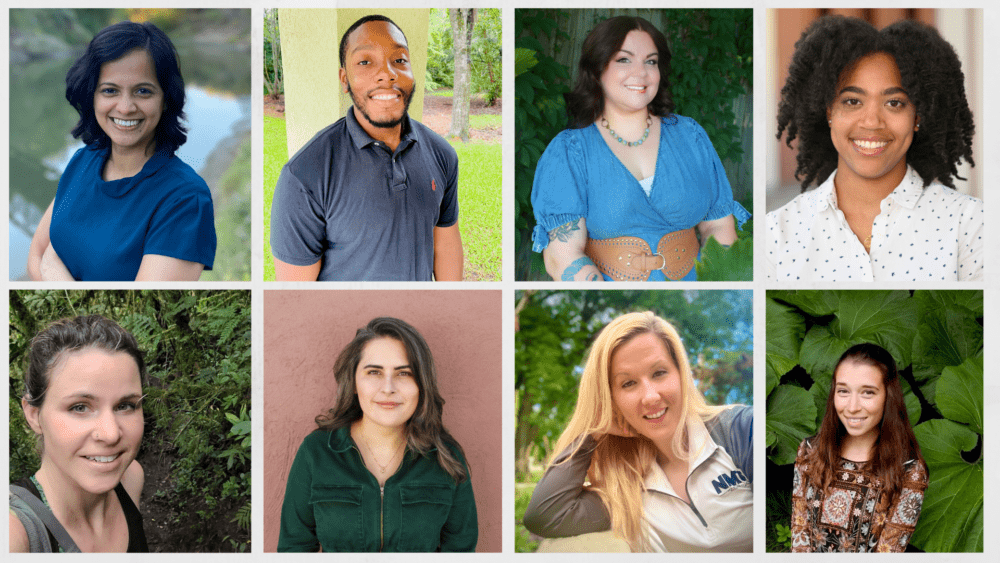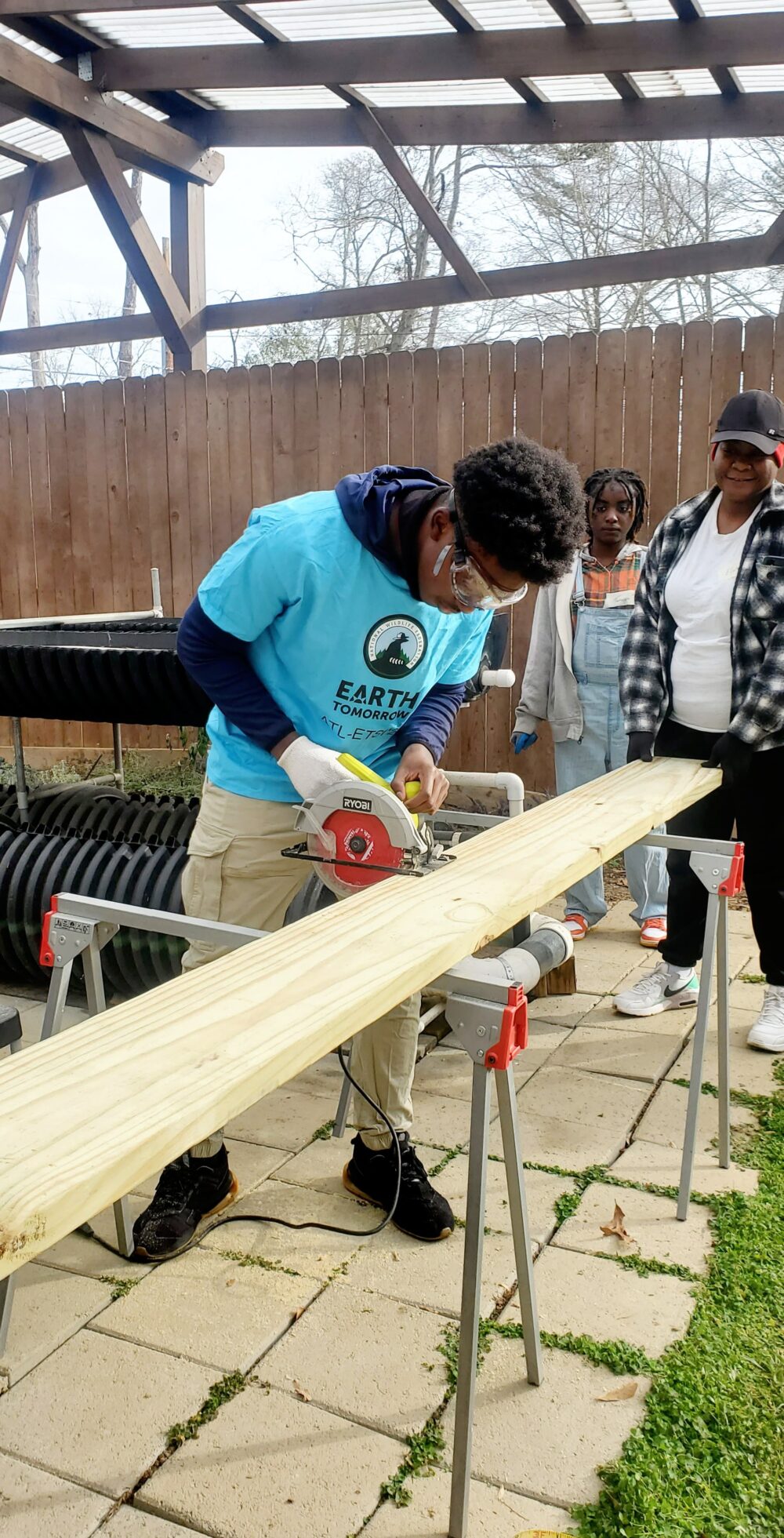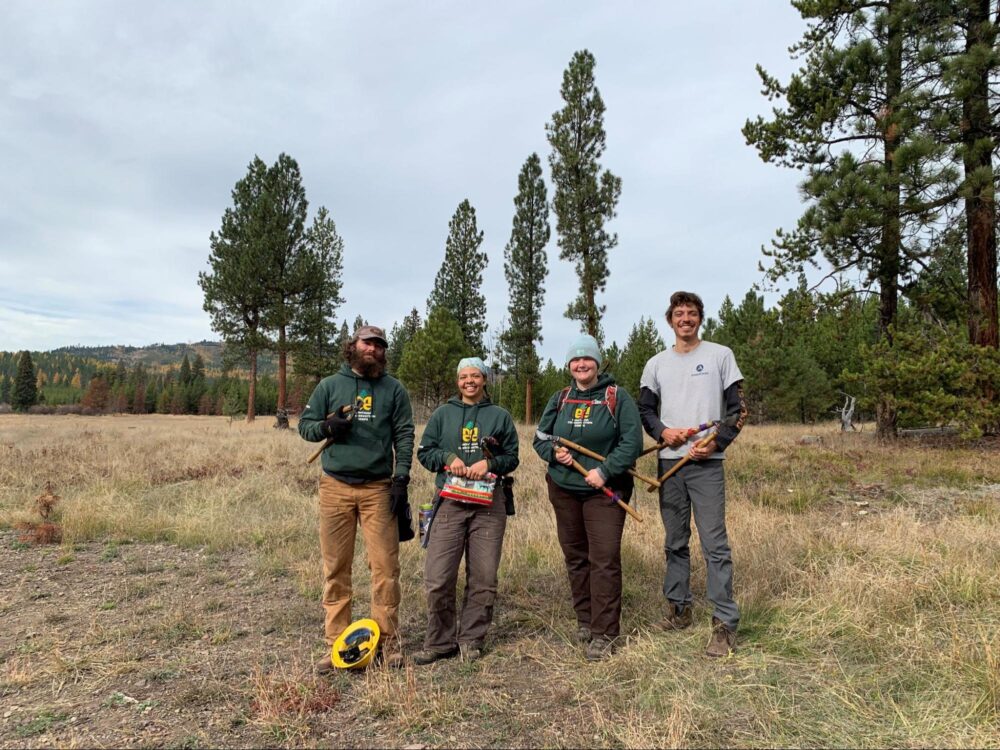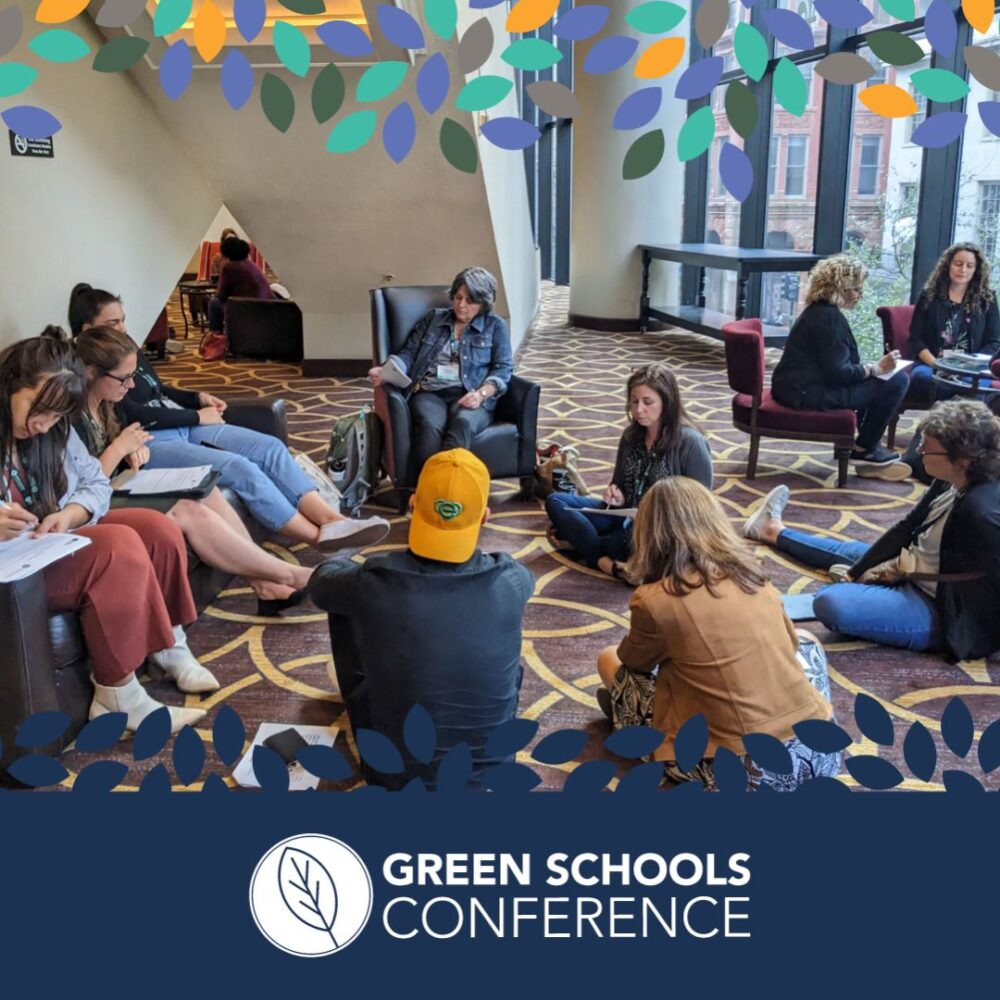We have much more to do and your continued support is needed now more than ever.
Pathways Out of Poverty
Tabari Morris, a 34-year-old Northern California resident, says he was doing janitorial work before he heard about a unique opportunity from his brother-in-law. “I was thinking, I need a real career,” he says. “In 30 years, I need to be able to think about doing something that looks like retiring.”
The opportunity Tabari’s brother mentioned was a special set of job-training courses from the Oakland Green Jobs Corps–designed by the Ella Baker Center (EBC) in Oakland, CA. The program would give him eight months of training that could lead to an opportunity to work in solar power. Oakland is notorious for its high rate of crime and violent activity, as well as its unemployment rate, but EBC, in a partnership with the Oakland Apollo Alliance, is working to provide green “pathways out of poverty” for low-income or disadvantaged adults in the area.
The Oakland Green Jobs Corps, which works with Laney Community College, an apprenticeship building company called Cypress Mandela, and a workforce intermediary called Growth Sector, Inc, graduated its first class of 40 students this summer, after offering a four-stage course that combines the basic study of climate and sustainability with hard skills in construction, renewables and efficiency.
Of those 40, more than half have already found employment, no easy feat in recent years. Morris, who had already secured an internship by graduation day in June, is now an associate project manager at SunPower Corporation. He loves his job: “I saw as soon as I walked in this was where I wanted to be. The building is immaculate, it’s like working at Mercedes-Benz.” His original three month internship was extended until December, and he’s working on securing a permanent position.
As more and more graduates are faced with shriveling job markets, and millions of other students never reach a four-year college in the first place, community colleges and a handful of nonprofit organizations are stepping into the gap to provide options, and greener ones, to disadvantaged or impoverished students.
Emily Kirsch, Bay Area organizer for the Green Collar Jobs campaign, says the program works because it doesn’t merely teach hard skills in the green industry. “Because Laney CC is a partner, all the graduates are getting full-time community college credit. They learn about ecology, they talk about environmental justice, they talk about waste. Some of them are finding that it’s helpful when they go to job interviews, because the office culture is one where everyone recycles and no one uses plastic bags. So, in an interview, they can talk about the effects of pollution and climate change on them personally, and not just say that they know how to install a particular piece of equipment.”
Johnny Tafoya, who had been laid off four or five times in the past several years while working tech support, notes that the training was hard, especially as he couldn’t work or draw unemployment during it. “I had months where I wanted to give up, but pretty much every day, our instructors would tell us some story or teach us a life skill or bring in a graduate who would tell us where they came from and how they got through it. It gave me a lot of motivation.” Tafoya is now working at Sun Light & Power.
In the American Recovery and Reinvestment Act, $150 million was granted to public and private projects that provide training and placement services for employment in industries that improve the environment or address climate change in some way. The programs that will eventually be funded must be targeted to unemployed individuals, high-school dropouts, individuals with a criminal record and disadvantaged people within a high-poverty area. The hope is that these grants, once awarded, will prepare trainees for careers, while also fueling the nation’s green industries, such as energy efficiency, green construction and solar energy. While the Oakland Green Jobs Corps would likely qualify under these restrictions, seed funding came from the city council in Oakland last year.
Other state and local entities, like the Clean Energy Center [CEC] in Massachusetts, are involved with green jobs training as well. CEC announced this year it would award five grants totaling $1 million to community colleges and regional employment boards that train or apprentice unemployed and/or low-income individuals.
The heart of such legislation is not purely job generation. Some researchers, including the Council of Economic Advisors (CEA), have pointed out that jobs labeled as green are more likely to pay well, and are also more likely to be union jobs, which can raise quality of life considerably. A White House staff report notes that “industrial machinery mechanics who work in power generation, an emerging green sector, earn about $28 per hour. Interestingly, mechanics with similar jobs, but who do not work in that power generating sector, earn about $6 less per hour.”
As training programs increase, they may also start to skew younger. One Oakland high school has created a Green Academy project with the support of the Ella Baker Center, which is modeled in part off the Green Jobs Corps. “Oakland Tech high school was interested in doing preventative work,” says Kirsh. “They wanted to give youth productive opportunities before they get caught up in a cycle of violence. 30 sophomores started the program in September, and will be in the program through their senior year.” Courses cover climate change and eco-literacy, but also include some hands-on training and involvement with the local community.
So far, successes in green jobs creation are small and far apart. But graduates say they are life-changing on an individual level, and that results can be immediate. Kirsch says, “Four of the graduates couldn’t come to graduation because they were working full-time. It was bittersweet, because we really wanted them there, but the point was to help them get those jobs, so we couldn’t be too sad about it.”




















